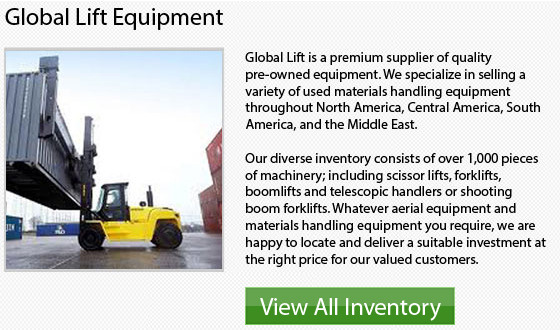
Electric forklift units make up almost sixty percent of the entire material handling market. Powering these models are extremely heavy lead-acid batteries. Due to their massive weight, these batteries naturally offer much of the counterweight.
The counterbalanced type of lift trucks have been classed as Class 1 forklifts by the ITA. Class 1 normally refers to electric lift trucks made for general use and stand-up counterbalanced forklifts. Even if the first expense of an electric forklift is more than IC lift trucks, electric units are less expensive to utilize in the long run. This is because of their lesser maintenance and fuel expenses.
The majority of electric lift truck units which have been made and engineered in North America, are utilized mostly in indoor environments. Electric forklifts have traditionally been limited to indoor use with surfaces that are clean and smooth. With the launch of several new Class 1 items, it is becoming increasingly possible to use electric rider models in certain outdoor operations.
Because of the fact that electric forklift units produce no harmful emissions, they are usually chosen for indoor applications when compared to Internal Combustion lift trucks. Electric units can complete a full 8 hour shift on one battery charge and are really quiet when in operation. The batteries for electric models weigh roughly 3,000 pounds. The job of reloading, recharging and removing the batteries can be time consuming and burdensome. This situation normally occurs at a battery charging post or an area that is specifically utilized for handling batteries. There are developing fast charging technologies that will be available on the market and these new systems are changing the battery charging method.
The Right Fit
A main factor associated with any kind of lift truck is using the correct size of model to do the specific application. The application itself should always dictate which product is chosen.
Clients are always looking for means to reduce their operating expenses and find more efficient work practices that help lessen these expenses, while also improving their productivity. Using the wrong size of forklift could really slow things down and have a huge effect on the bottom line and productivity of a company, while negatively affecting the productivity on the jobsite.
A good lift truck dealer will be able to help if you are uncertain about the particular kind of lift truck you require. They will ask you right questions that would allow you to make a proper selection. Many dealerships provide rentals of their equipment also and this is a very good way to try before you commit to such a huge purchase. It is also a nice way to try different models out to see which ones bring you the best production and which ones you and your operators are the most comfortable with.